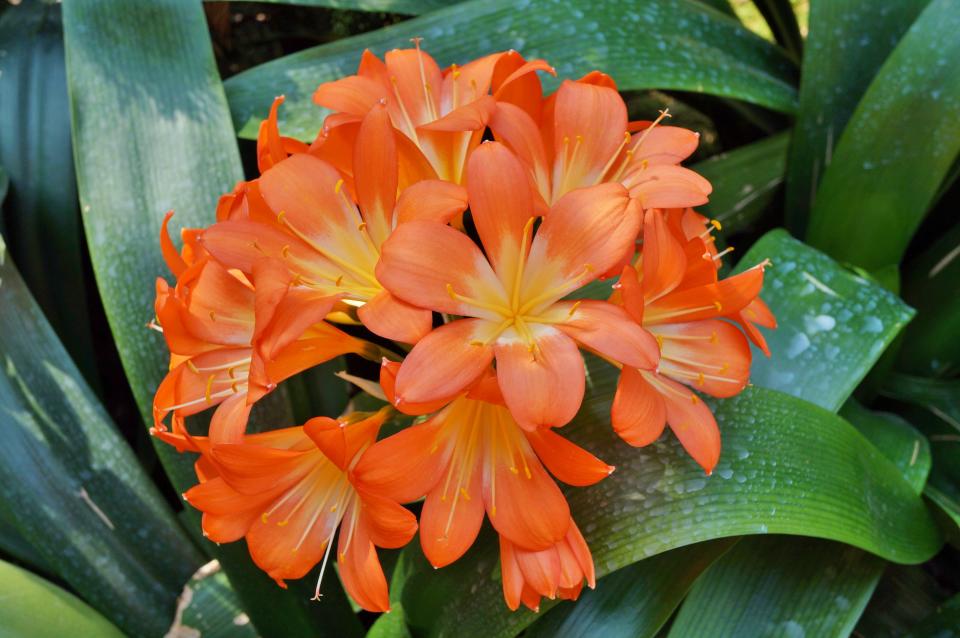This palm won’t outgrow its space
The arikury palm is a marvelous little plant that, at first glance, looks like a miniature queen palm. That’s not surprising because the arikury, though ultimately only 6 to 12 feet tall compared to the queen’s 40-foot potential, is a close relative. Native to Brazil, this feather-leaved species (Syagrus schizophylla) features a crown of somewhat stiff, 6-foot-long arching stems, each with 80 or so leaflets. Interestingly, of the approximately 40 species of Syagrus, only the arikury has spiny stems.
This plant is immediately identifiable due to its spiraled, overlapping leaf bases that resemble wickerwork and increase the palm’s panache. A slow-growing species content on any well-drained site, the arikury is suitable for sun or part-day shade, as well as bright locations indoors. Although moderately hardy — down to the mid-20s — sheltered sites are best for arikury palms. Inflorescences display white flowers followed by inch-wide, orange fruit that, though edible, aren’t tasty. Propagate by seed. Seeds and seedlings are available online.
WHITE FLOWERS WORK WONDERS
Water is the universal solvent: Given time, it will dissolve anything. In the garden, white flowers also have a universal property: They combine harmoniously with every other shade of blossom and leaf. Even nature seems to reflect this situation because there are more white-flowered species than any other kind. So if you’re wondering what plant to install beside a bougainvillea with brilliant pink blossoms, think white, and soften the effect with white-flowered plumbago, gardenia, crape myrtle, cat’s whiskers, Philippine violet, angelonia or sweet almond.
IMPROVE SOIL WITH GREEN MANURE
I became aware of the concept and the benefits of green manure decades ago from a photo in David Fairchild’s 1930 book ‘’Exploring for Plants.’’ It depicted a wagonload of freshly cut, leafy tree branches being taken to a market farm in Sri Lanka. The boughs were to be shallowly buried in sandy soil so they’d form humus to create better growing conditions for crops. That method of improving soil texture and adding nutrients can be used in our gardens, though digging isn’t necessary. When pruning hedges and shrubs, for example, simply rake the clippings under and behind the plants you’ve trimmed. Indeed, vast numbers of gardeners practice green manuring every time they mow and leave clippings on the turf. Considering our poor, sandy soil, every bit of organic matter helps.

NATAL LILIES FOR HOME AND LANDSCAPE
The Natal lily (Clivia miniata) is a cold-hardy South African member of the Amaryllis family that grows 2 feet tall and forms clumps in filtered light. Though widely known as Kaffir lily, ‘’kaffir’’ is a racist term that should be avoided. Natal lily features 3-inch-wide, 18-inch-long leaves with blunt tips. Plants 3 or more years old bear gorgeous clusters of tubular orange or yellow blossoms from late winter to mid-spring. Numerous hybrids exist. Provide rich, well-drained soil, and propagate by division. Plants are available online.
This article originally appeared on The Ledger: Weekend Plantings

